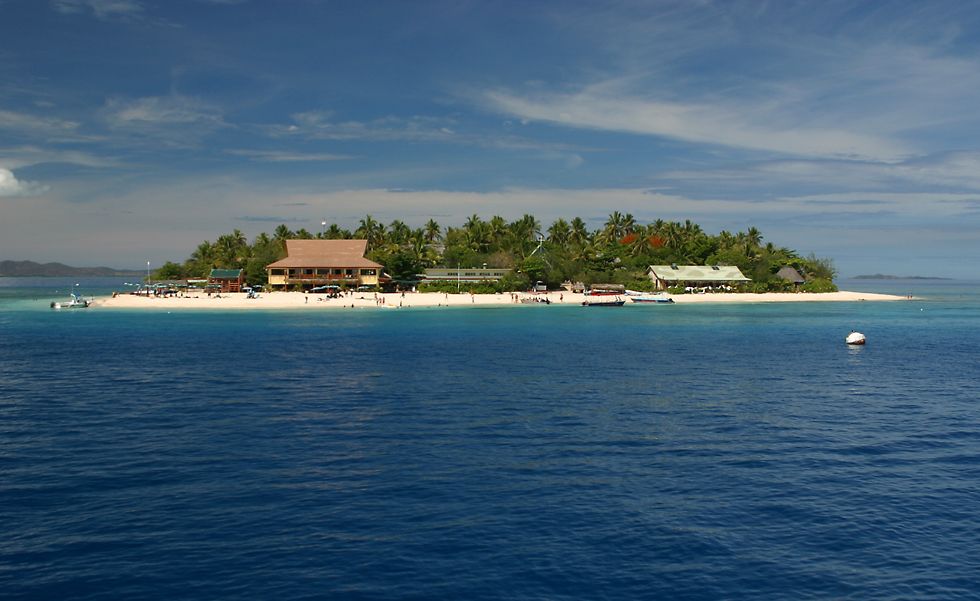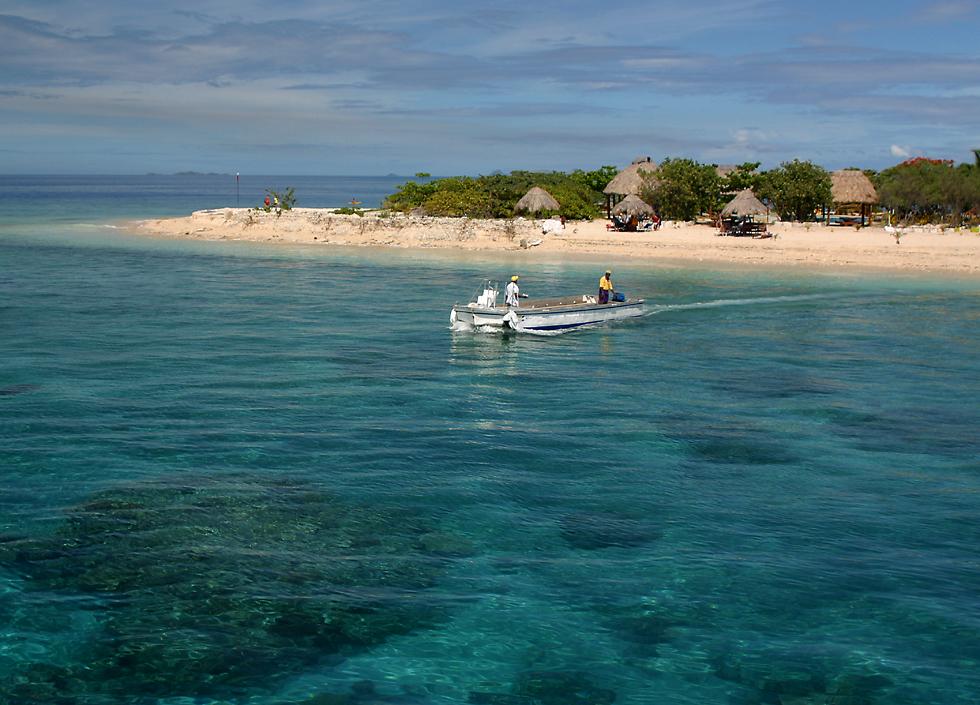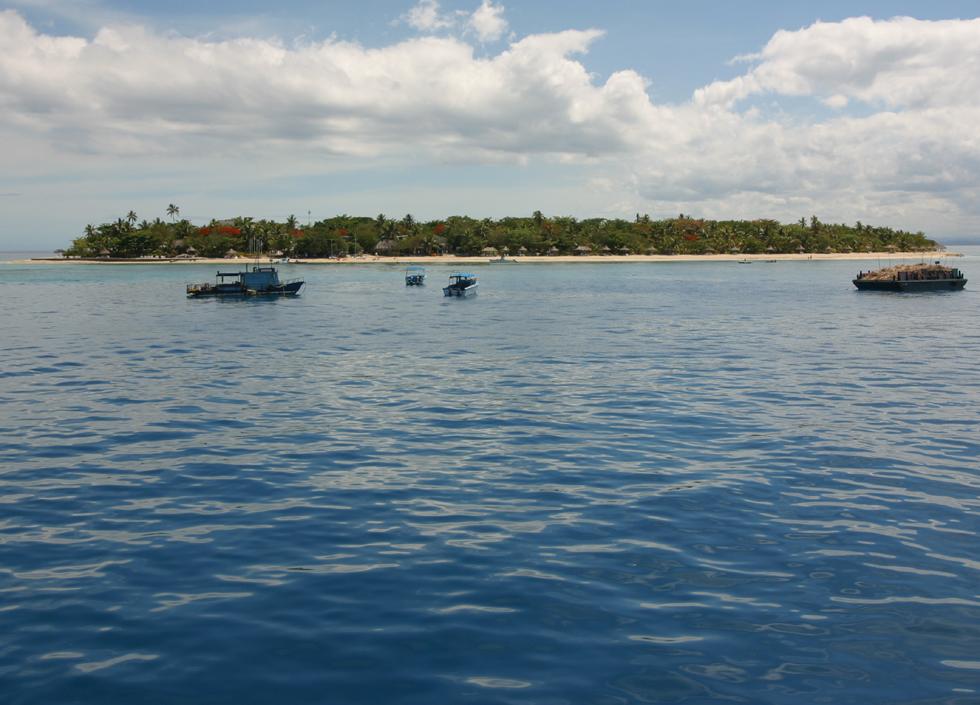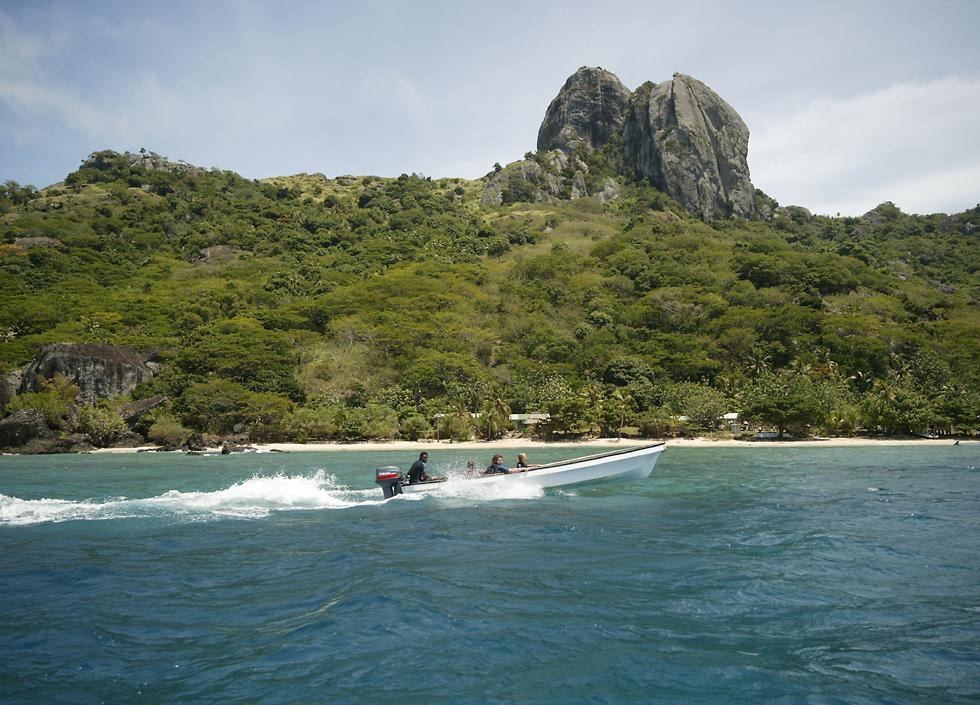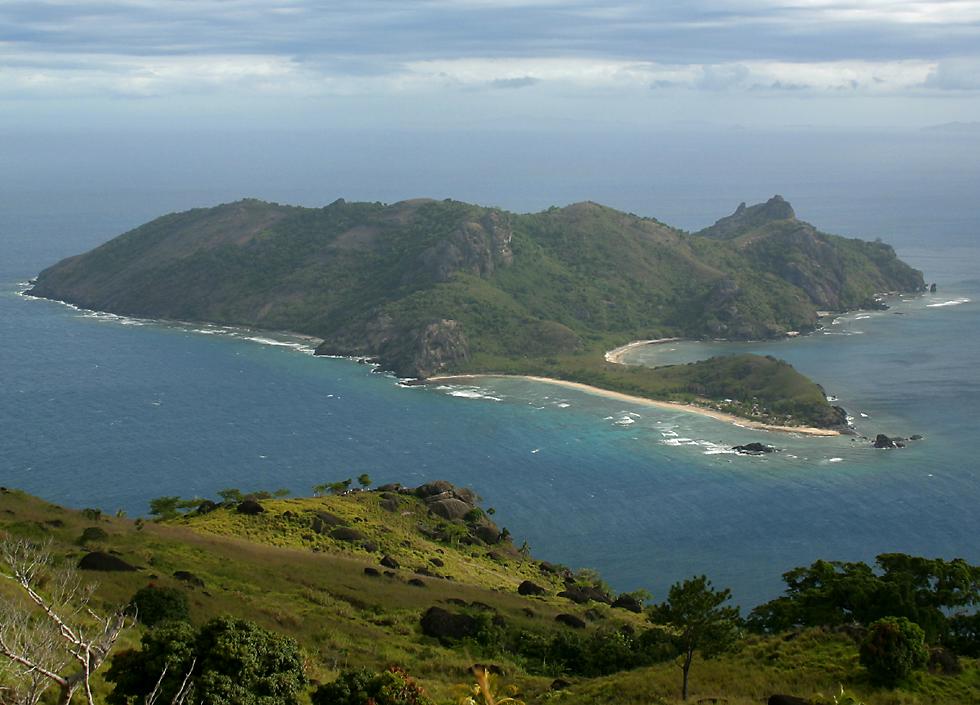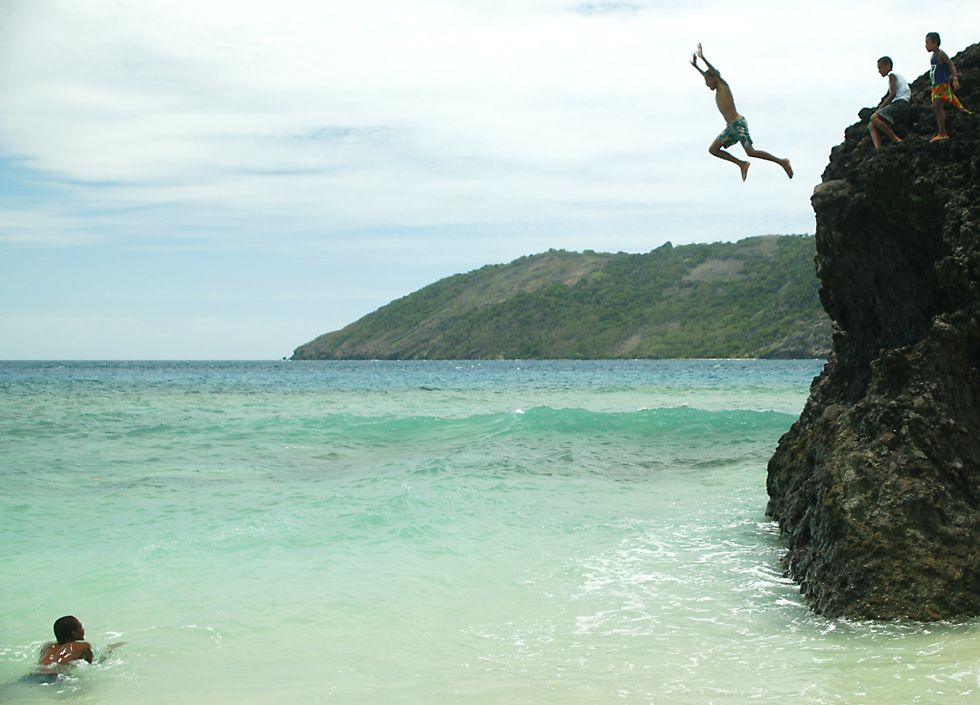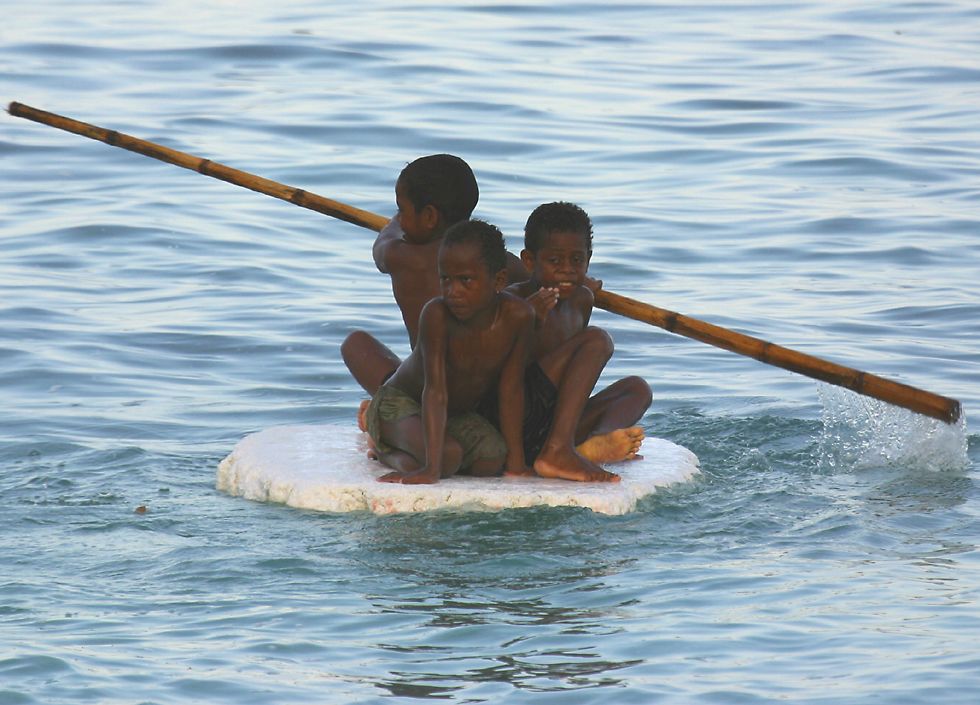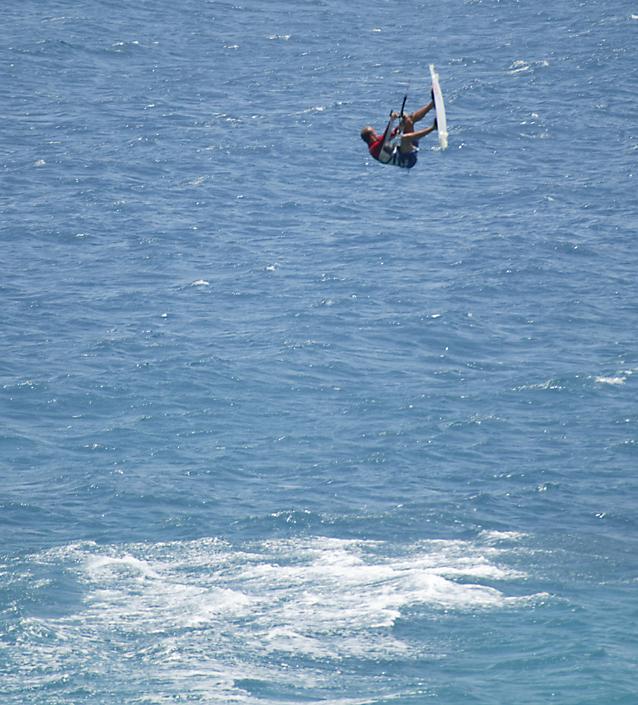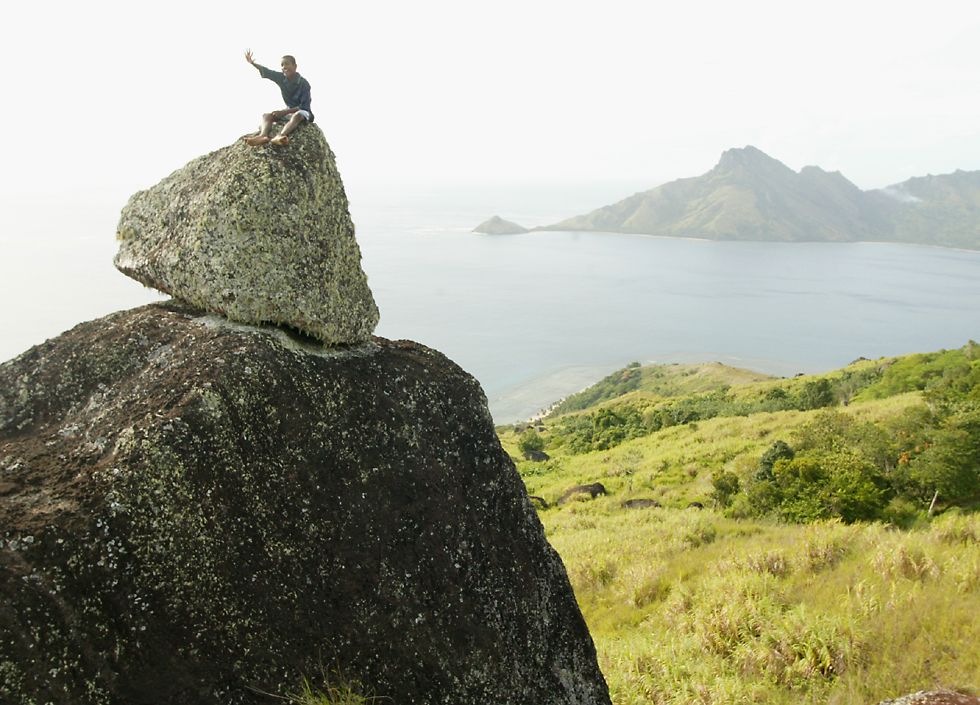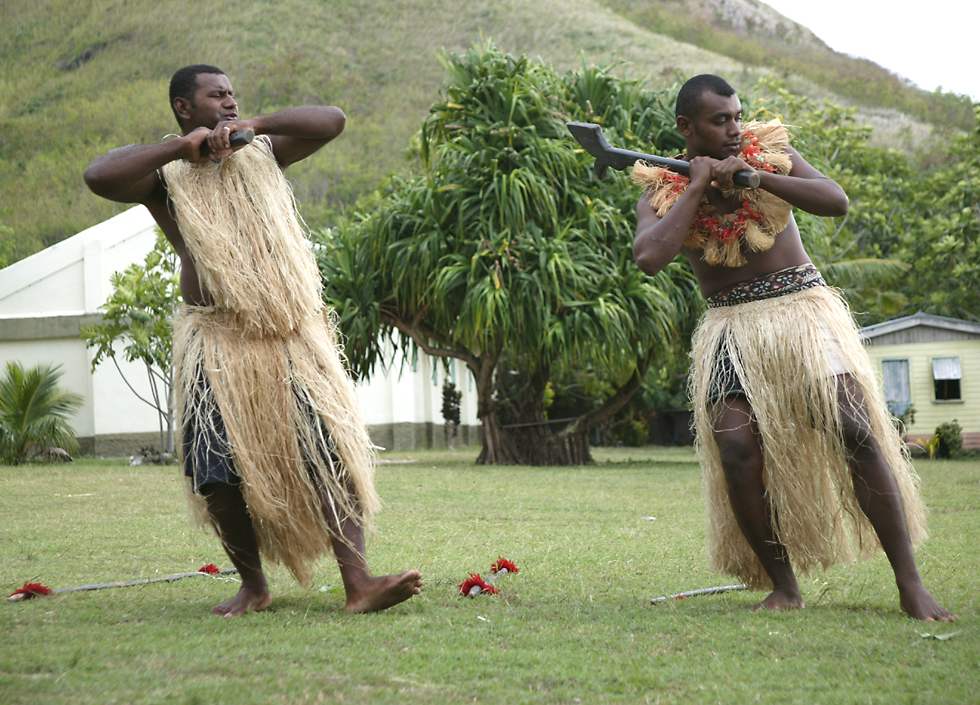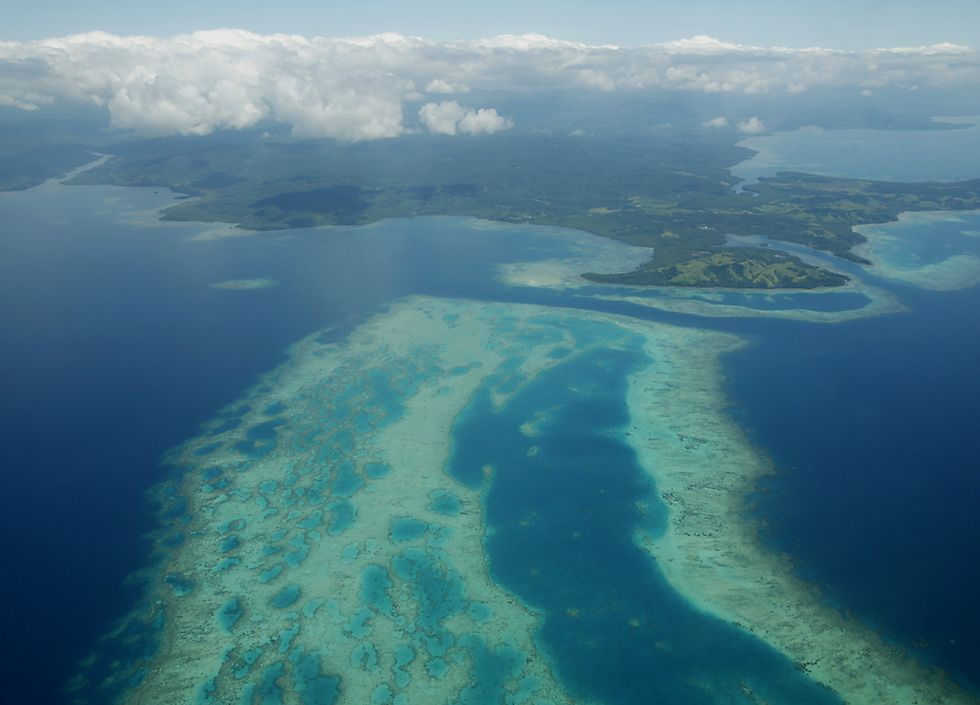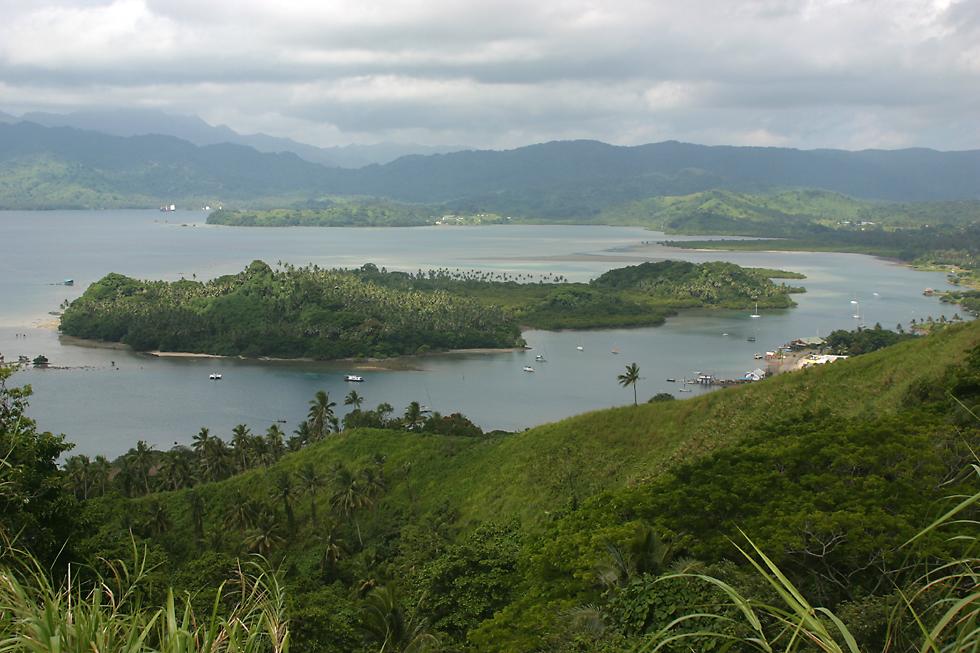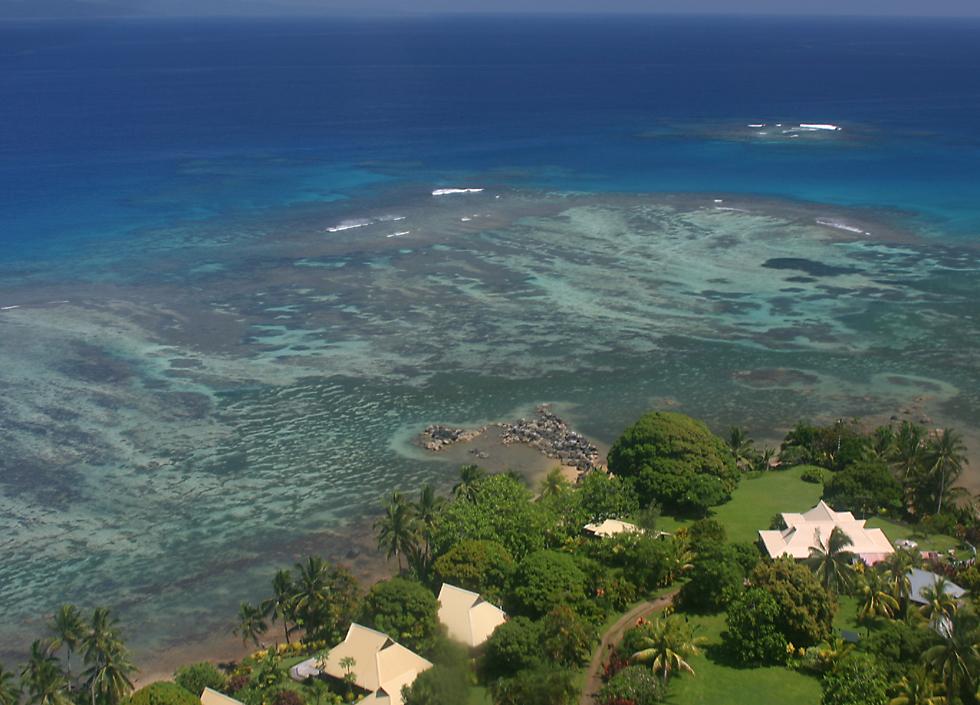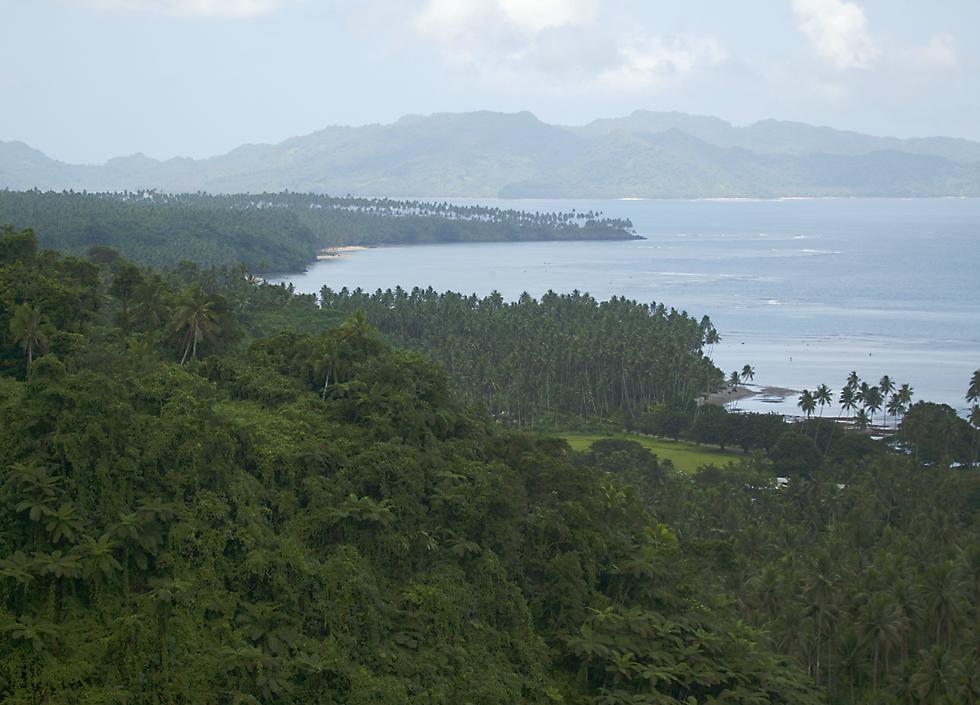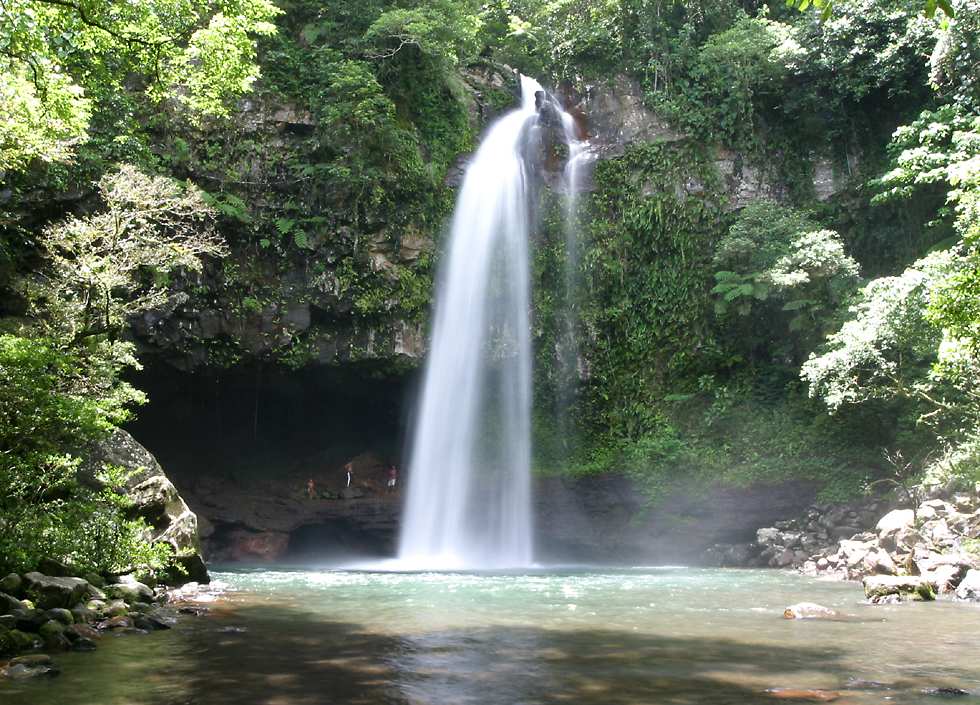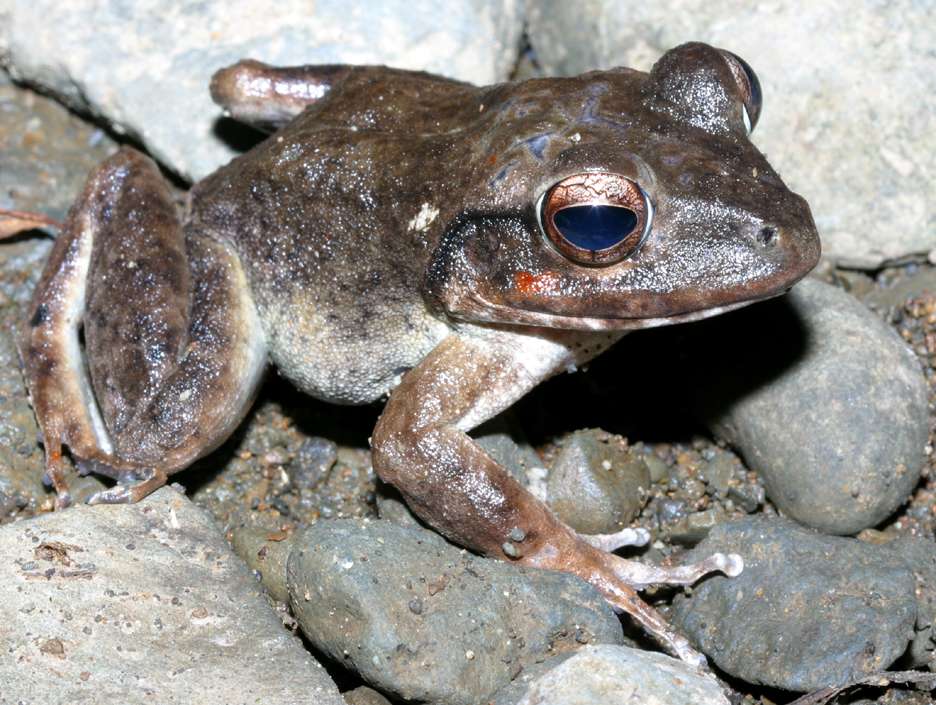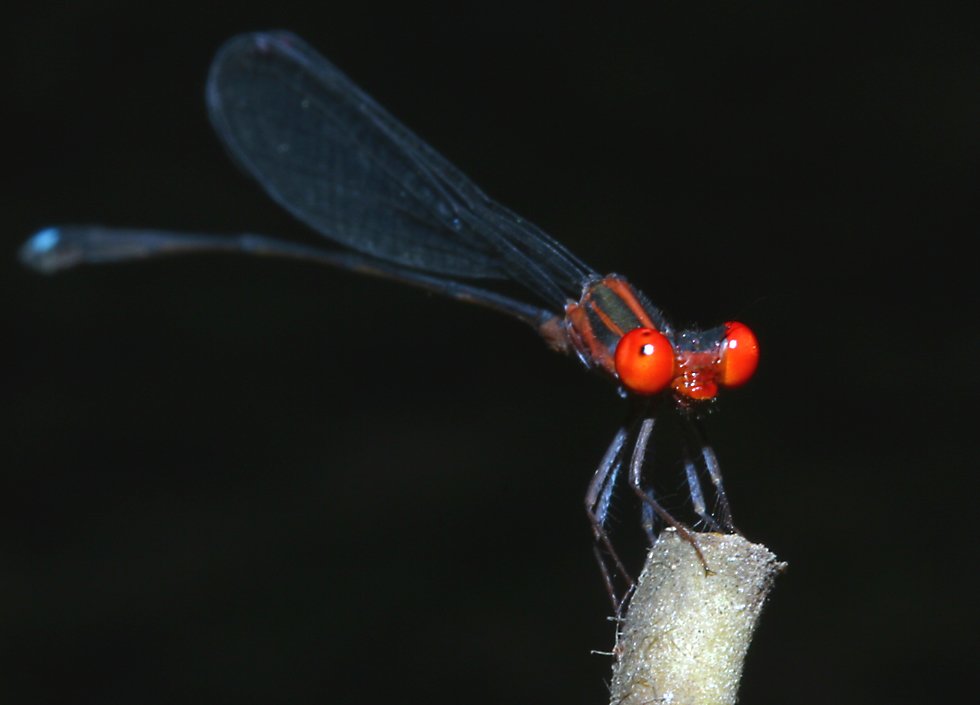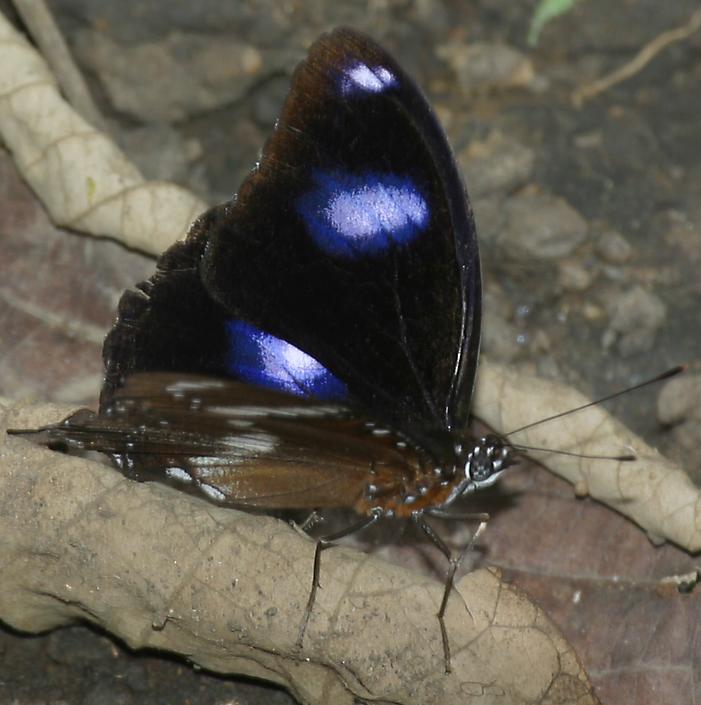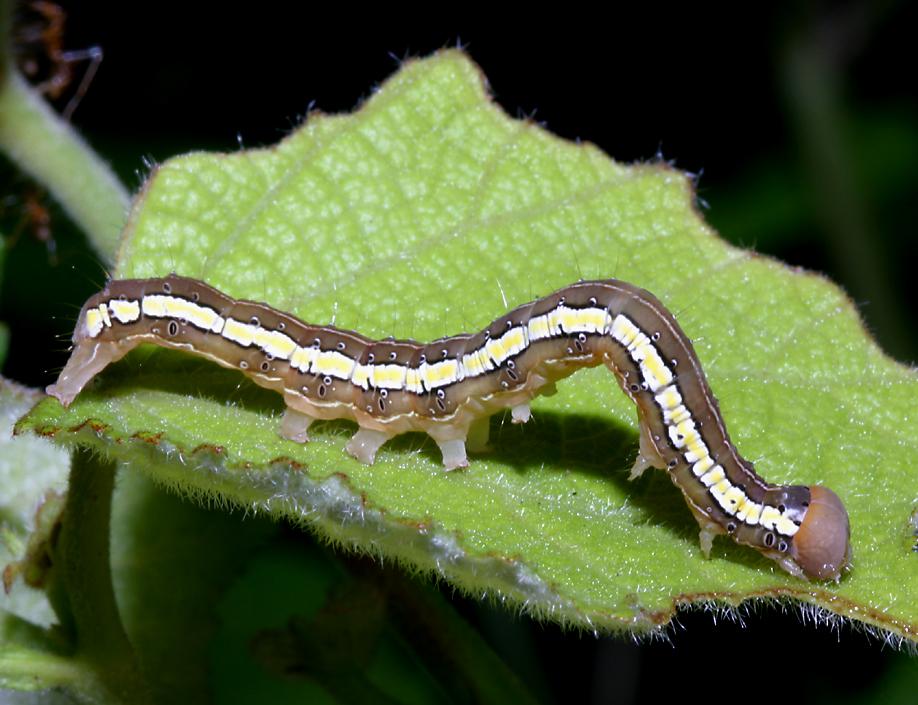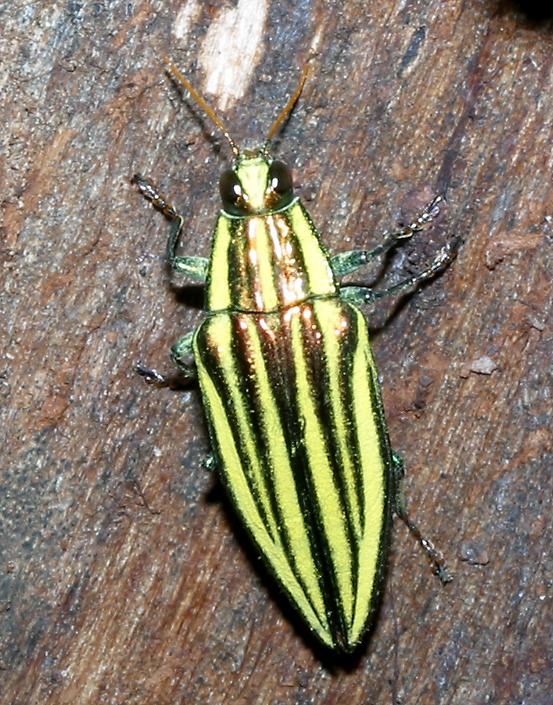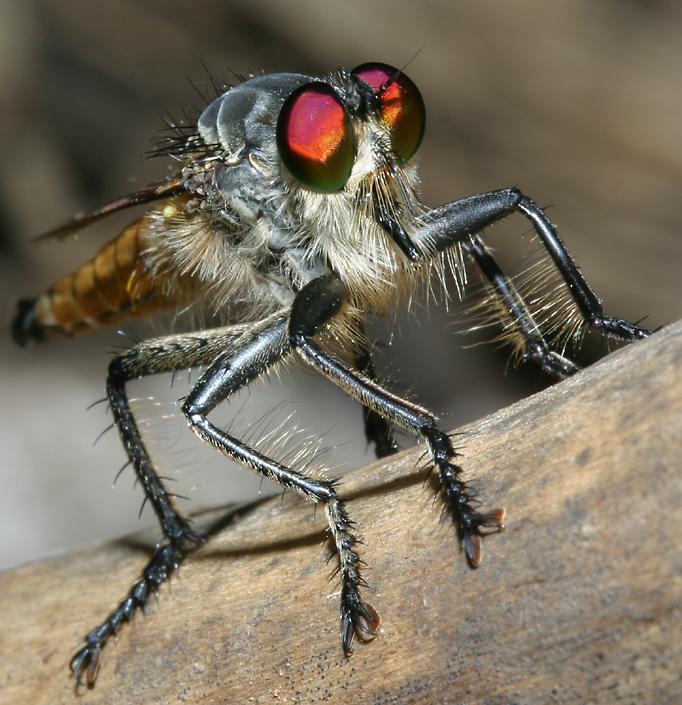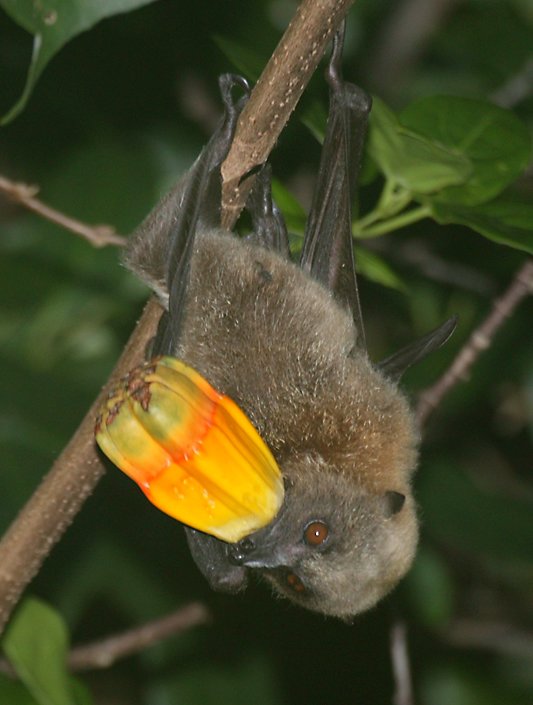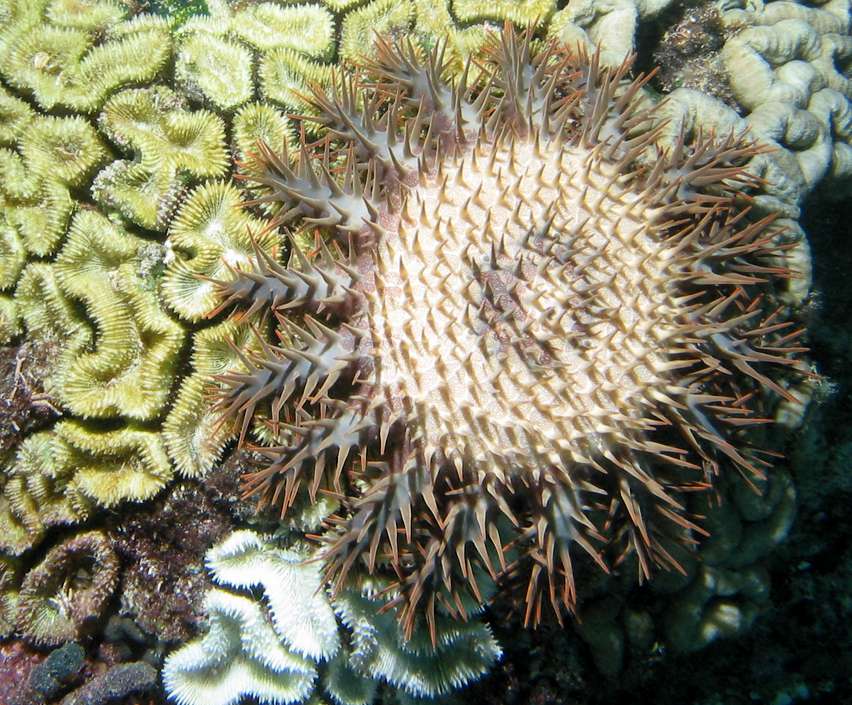Highlights of Fiji
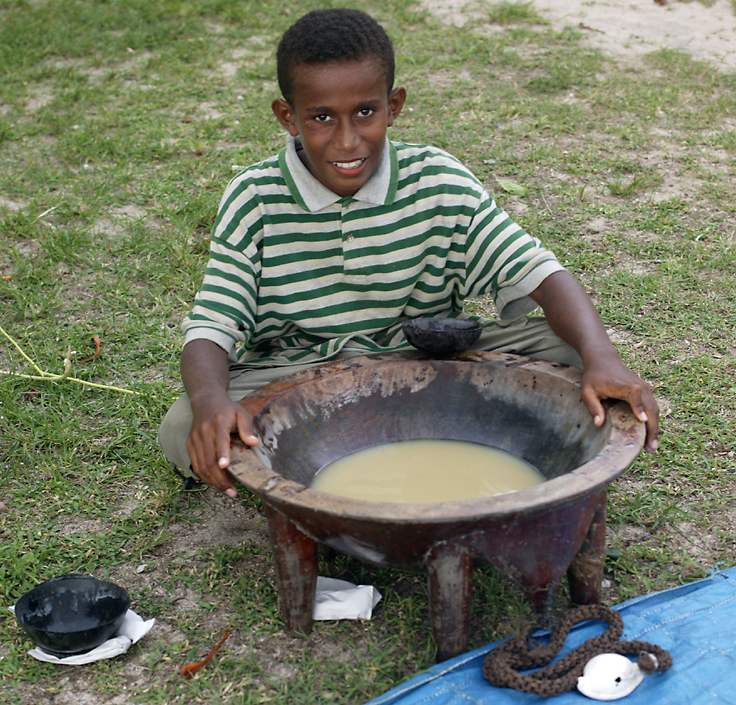
The visit to the village included a kava or "Yaqonga" ceremony. Kava is a traditional root crop in the Pacific; a member of the pepper family, it's valued because of its mild narcotic qualities. The taste isn't much to write home about, it tastes about as muddy as it looks, but it's said to create a euphoric feeling of well-being. It's not addictive, there are no unpleasant after-effects, and unlike alcohol, kava doesn't cause belligerent behaviour. There's even a theory that it can help against some forms of cancer! |
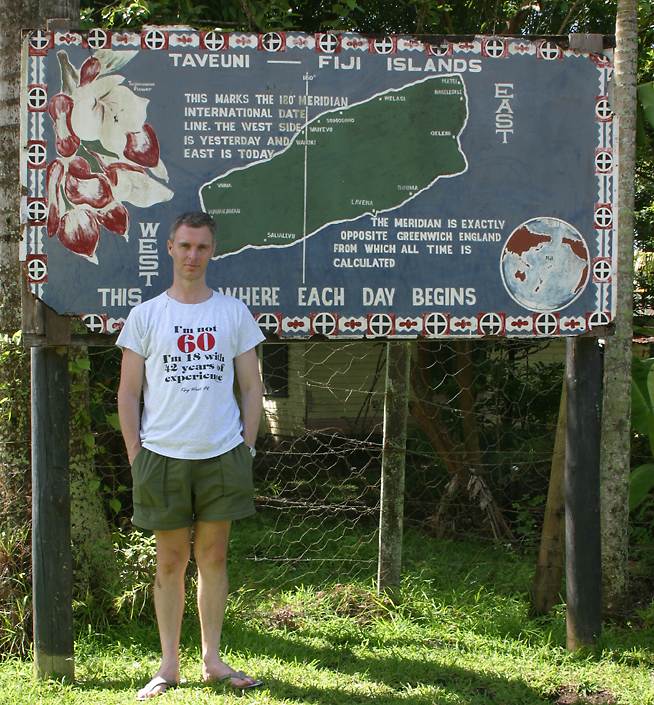
For me, this sign and its bragging rights are just one of the reasons to visit Taveuni. The eastern tip of Vanua Levu, the island of Rabi (pronounced Rambi) and Taveuni all straddle the 180th meridian. As the sign says, that means that this is "where each day begins" and theoretically if you stand with one foot on the left of the line and one on the right then you're both in yesterday and today or, if you prefer, today and tomorrow. Of course no mere mortal can be allowed to enjoy such a mind-boggling concept, so the official keepers of time decreed that the international date line should do a giant dog-leg to the east of Fiji, so that the whole country is in one day at any one time. Those Who Must Be Obeyed also decreed that New Zealand's Chatham Islands is the spot in the world which first sees the light of each new day. When the new millenium dawned on January 1st, 2000 (Yeah, yeah, I know that "officially" it happened on January 1st, 2001 - don't bother sending me your emails!) it was therefore New Zealand which got the honours, in spite of the efforts of a few Pacific island countries to unilaterally modify their timekeeping. Now I'm a New Zealander, but even to me it feels like Fiji has much more claim to this prize than we did. And given the choice, I'd far rather be drinking kava on both sides of the Taveuni dateline than freezing my butt off standing on some windswept hill on the barren and windswept Chatham Islands. Unfortunately, in the end I wasn't able to indulge in either of those pleasures, since I was too busy freezing my butt off on December 31st, 1999 in New York's Time Square! |
|
Again it was the local kids performing dare-devil feats in the water. There were also a few families having picnics near the waterfalls. |
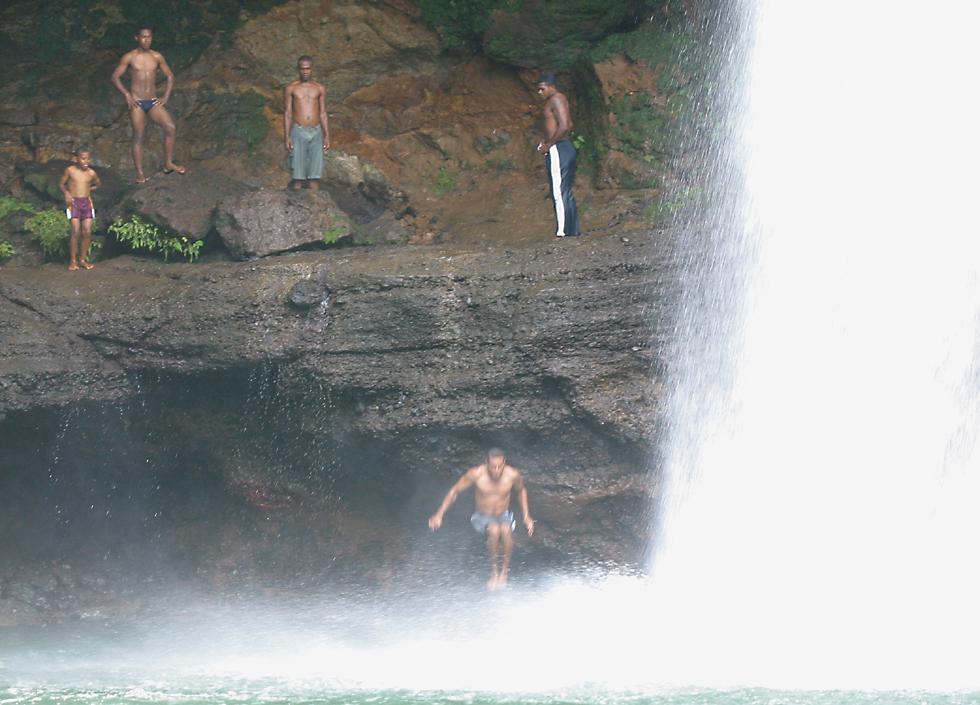
|
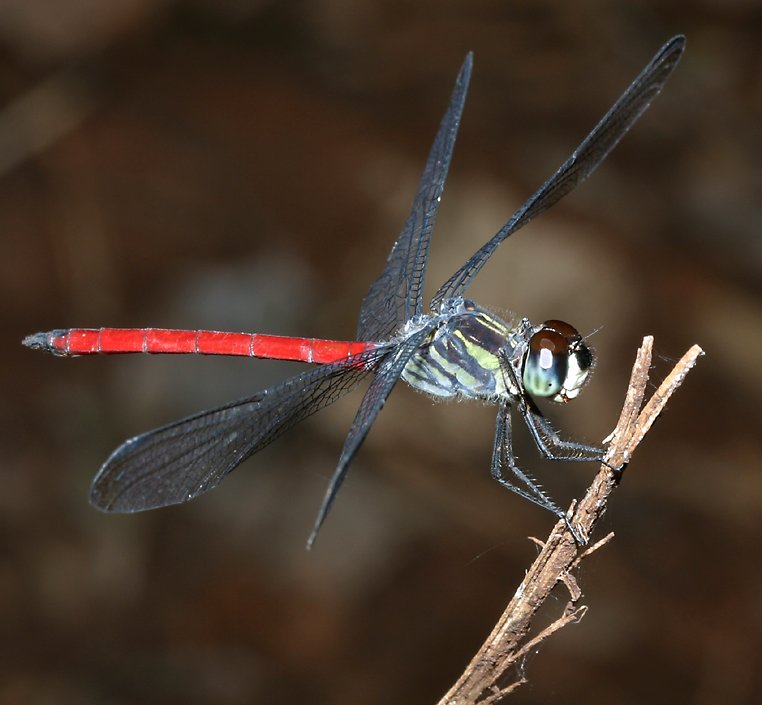
Here's one of the damselfly's close relatives, a dragonfly which goes by the Latin moniker Agrionoptera insignis or, to its English-speaking friends, the red swampdragon. This critter also has an unusual combination of colors. You'll find many dragonflies which are red and many which are green, but this is the first red and green one which I had ever seen. I only saw one red swampdragon in Fiji, on the island of Vanua Levu, but it was kind enough to let me get several photos from different angles. Large animals have trouble crossing the vast stretches of ocean between Fiji and other countries, but a number of insects like dragonflies have made the journey, probably carried from island to island by storms until they get here. That's why the red swampdragon can be found not only here, but also throughout Asia and down into Australia. I found several types of dragonfly on Vanua Levu, but by far the best spot I came across for these attractive insects was the Koroyanitu National Heritage Park on Viti Levu. I was able to put together a whole page of Fijian dragonflies and damselflies, and three of these photos were later used as models for a set of Fijian postage stamps! |
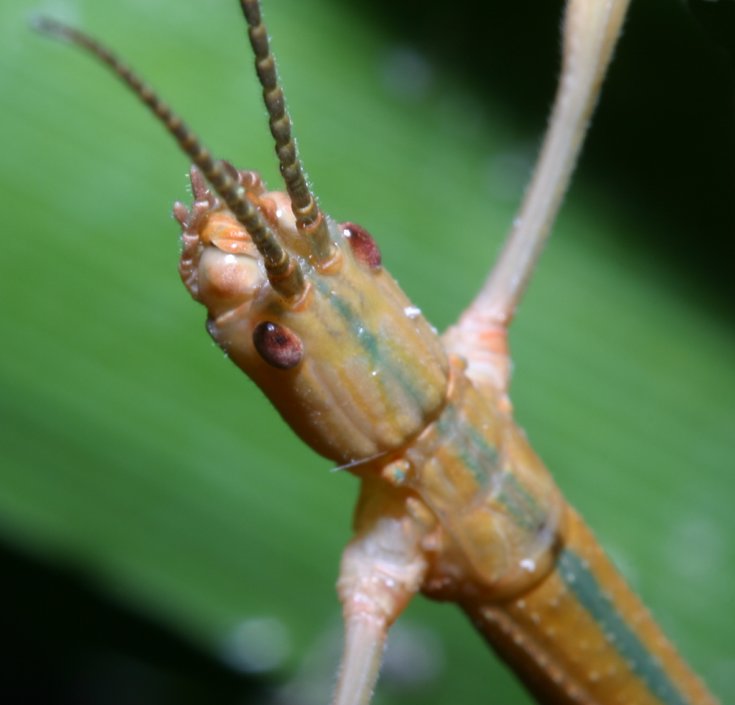
This stick insect (in America the term "walking stick" is used) was on Wayalailai. |
|
The robber fly was in Bouma national park, as was this mighty hunter, a small skink which has caught an earwig. The earwig's pincers were obviously of no use against such a formidable foe! |
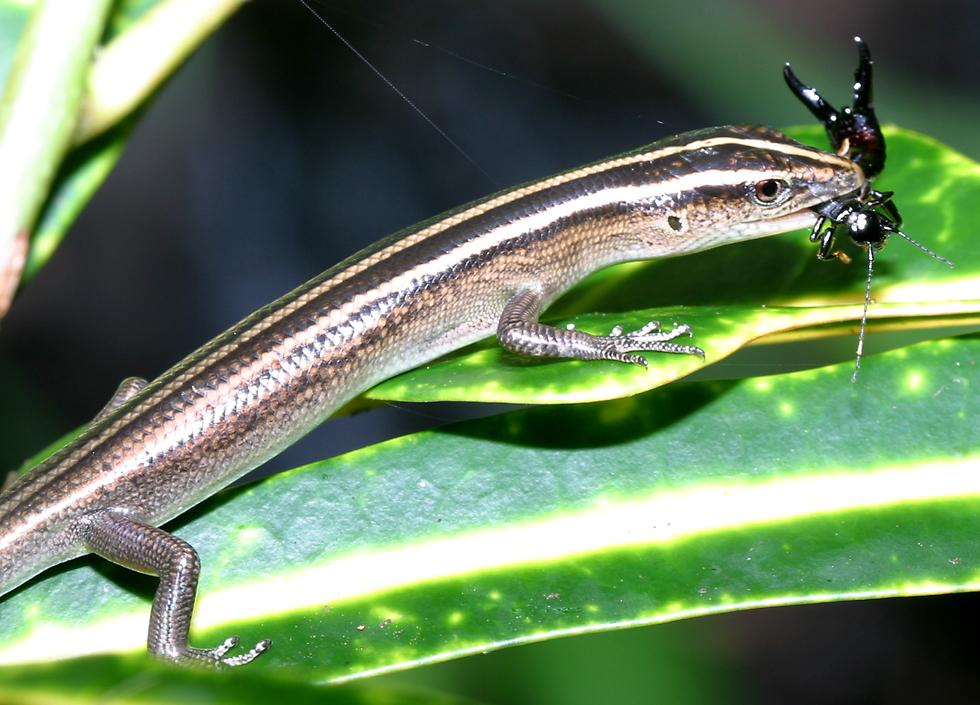
|
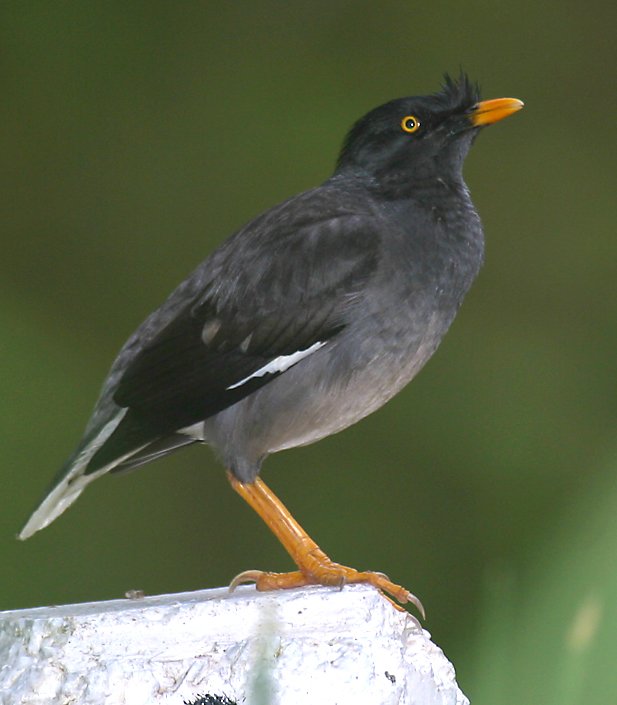
I ended up photographing about fifteen types of bird, including this jungle myna, a member of the starling family. The jungle myna and its better known cousin the common myna were introduced from India, along with about 30 other birds from different parts of the world. About 15 of these species became established. There's a lot of ethnic tension between native Fijians and the indentured workers the British brought over from South Asia, who now make up almost half of the population. Somewhat unkindly, the native people refer to these human immigrants as being like the mynas - loud, greedy, acquisitive, and damaging to the original inhabitants. |
